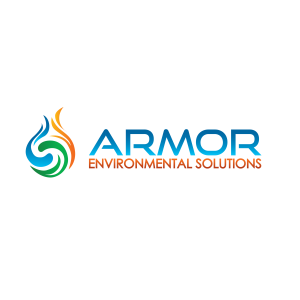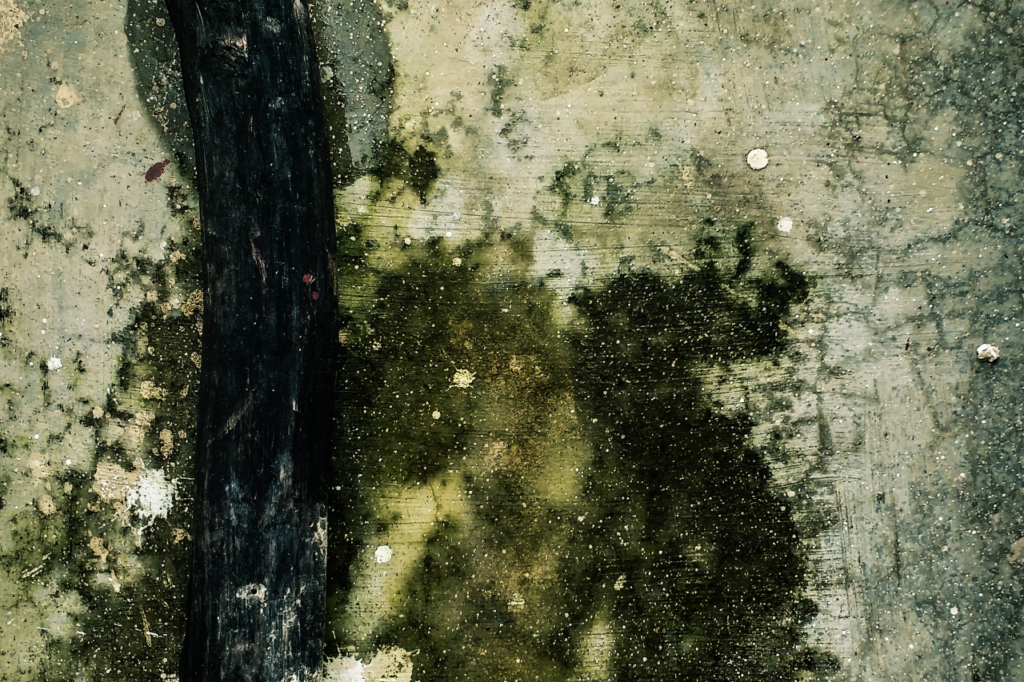
The Quiet Dangers of Mold
Mold, unlike other environmental forces that can affect your property, lurks quietly and slowly in the corners of rooms and offices in your place of business. It often goes unnoticed at first, only to make itself known when corners are completely covered in green and black splotches, or when an inspector calls it to your attention.
Even though it is unsightly, the ugliness of mold is usually the least of your problems. Some types of mold, unfortunately, can be a health hazard for people working in and circulating through your business.
Some types of mold are more severe than others, but, ultimately, it is the same environment that helps mold thrive that can also pose a health danger for you employees and customers. Ultimately, mold is considered to negatively impact air quality and thus contribute to indoor air pollution.
The CDC and the Institute of Medicine state that indoor exposure to mold is linked to:
- upper respiratory tract symptoms, cough, and wheeze in otherwise healthy people
- with asthma symptoms in people with asthma
- development of asthma, especially in young children
- hypersensitivity pneumonitis in individuals susceptible to that immune-mediated condition
- respiratory illness in otherwise healthy children
For all of these reasons, it is important to have professionals remove mold immediately after it is detected, and then it is important to adopt measures to prevent the resurgence of mold in the same space and in new spaces.
Armor Environmental Solutions is fully equipped to help remove mold in your business and provide you with the know-how for controlling mold in commercial settings. There are also measures you can take to prevent the development of mold and moisture damage due to mold, including improving ventilation and controlling sources of indoor moisture.

Summer Layups for Mold Removal and to Prevent Mold Growth in Schools
The air quality of schools is of utmost importance to the wellbeing of students and school staff. One of the most common risks to the air quality of schools is mold growth. Mold growth and humidity can cause asthma attacks and allergies, on the most basic levels, but it can also permanently damage respiratory and cardiovascular systems.
Mold in environments can contribute to asthma attacks and allergies, and schools have a responsibility to mitigate these issues.
Early detection of mold growth risk and of signs of mold early on can help the school save hundreds of thousands of dollars. While, with a limited budget, it can be difficult to cover the costs related to mold and humidity mitigation, acting early can not only save money for the school, but it also helps to promote optimal school environments for students and staff wellbeing.
Layups are actions that schools can take to help mitigate serious hazards.
Schools can implement layups during the summer to prevent mold growth in schools for the rest of the year. Some of the most effective summer layups include:
- Humidity control: The EPA recommends maintaining relative humidity between 30-50% or 60% maximum. Ventilation, temperature control, and combines help to maintain proper humidity and prevent mold growth.
- HVAC maintenance: An HVAC is a system that is used to move air between indoor and outdoor spaces. The summer months are a good time to program HVAC maintenance, remove mold, humidity, dust, and dirt from the systems, as well as anything that may be blocking vents.
Monitor humidity-generating projects: Steaming, carpet cleaning, floor waxing, and deep cleaning are important for school maintenance, but they can generate additional moisture. During the summer, it is important to monitor the impact of these projects, but also review policies and procedures that will help reduce lingering humidity and prevent mold growth.
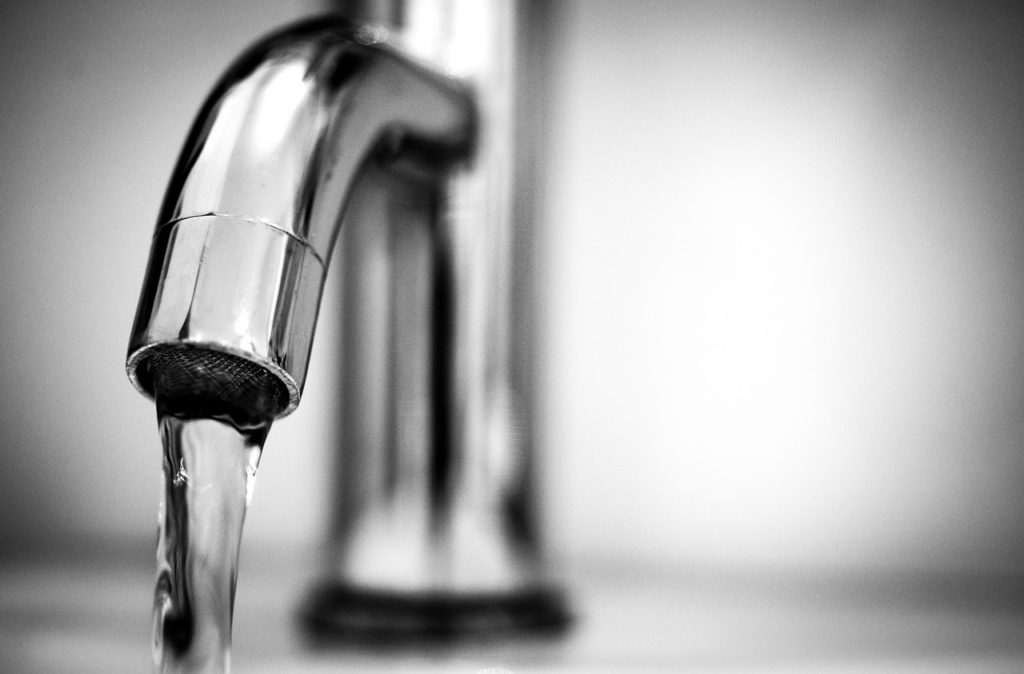
Water Damage Risk: 3 Water Problems Building Owners Cannot Afford to Ignore
Like most structural-related issues, leaving them be can result in the slow deterioration of infrastructure, leading to an unexpected disaster. The early detection of water damage risk and subsequent mitigation can result in saving your business thousands, or even hundreds of thousands, in damage cleanup and repair.
Below are three water problems property and building owners cannot afford to ignore.
- A Clogged Toilet
This seemingly simple plumbing issue might seem harmless, though unpleasant. However, it is important to determine the reason for the toilet back up. In settings where the bathrooms are public, a backup may be caused by a foreign object (likely one that was flushed down by a user) blocking water flow. If not repaired, it may result in broken or leaky pipes that effect, not only the one toilet but the whole water circulation system.
- A Leaky Pipe
Leaky pipes may begin small, but as they gradually develop, they will become a water damage risk. Some of the damage a leaky pipe can cause are water stains, mold and mildew, and a change in the texture of walls and ceiling.
- A Broken Pipe
While emergency fixes are important to have on hand, they do not equate to repairs. If you react quickly, you can reduce your water damage risk and likely save significant money. Talk to your plumber about repairing pipes rather than replacing them.
When it comes to assessing your business’ water damage risk and reacting to water damage-related emergencies, you may want to consider calling a professional. Professional assistance can help you determine the best steps to take after detecting the three issues above to decide on the best course of action.

Business Weather-Related Damage: What Property Managers Need to Know
When it comes to natural disasters and heavy weather, property managers are responsible for several elements related to the wellbeing of their tenants. Legally, property managers are required to help their tenants stay safe during and after catastrophes. At the same time, they have to deal with the repercussions and next steps for responding to weather-related damage on their property.
Property managers have a key role in helping their tenants stay safe by determining if the property can be lived in (if it is a home) or if the business can continue to function. After weather-related damage, if it is not safe for tenants to remain on the premises, they must implement a recovery and cleanup plan to help them return to normal.
Here are some things to consider regarding the role of property managers in the prevention and aftermath of weather-related damage.
- Assess the risk of the property: Determine how vulnerable the area where the property is located is to different natural disasters that could result in weather-related damage
- Plan ahead: In addition to considering purchasing insurance, design a Disaster Recovery Plan (DRP)
- Assist in recovery: Help to ensure the safety of your tenants before assessing weather-related damage to the property. Be aware of local protocols and procedures after a natural disaster.
- Implement a communication plan: Include back-up forms of communication with tenants, insurance companies, and emergency response professionals.
Natural disasters can result in weather-related damage that put tenants’ safety at risk and can affect your ability to recover the property as swiftly as possible. Being aware of the role of a property manager in the case of a weather-related disaster and preparing to act can help keep tenants safe and help the property regain full function.
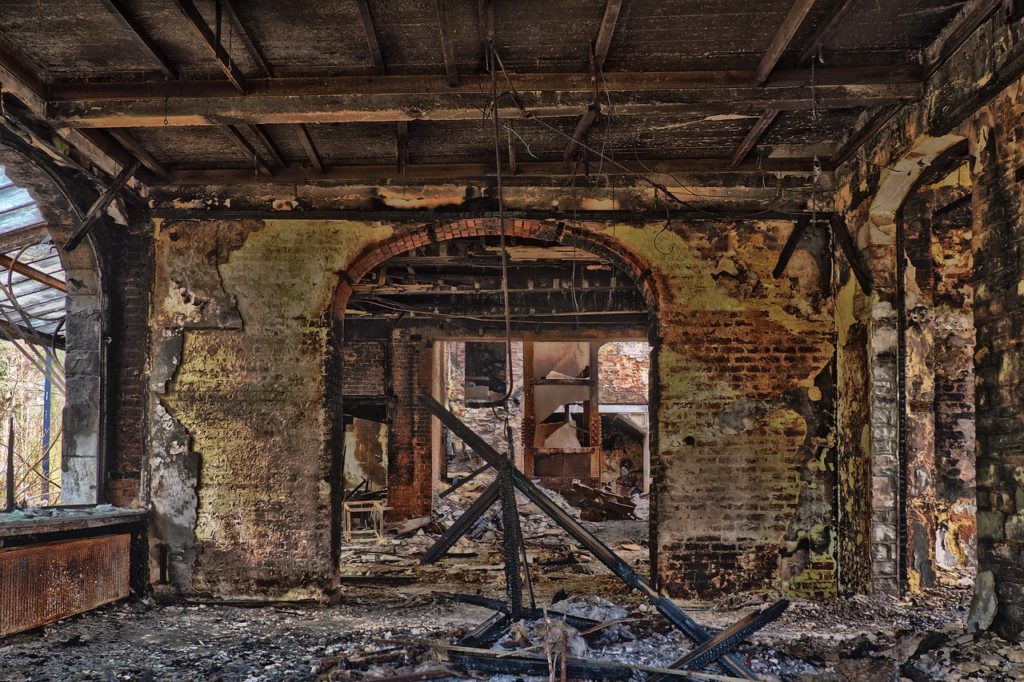
Recovery After a Fire: Fire Damage Restoration
Without a doubt, fires can be devastating to families, communities, and business. With the proper response and restoration plan, fire damage restoration can be swift and effective, no matter how devastating the damage to the property.
From a business perspective, Disaster Recovery Plans (DRP) are essential to have on hand in the case of a disaster like a fire to minimize damage, recover after a fire, and get the business up and running again as soon as possible.
While it is important to assess the specific risks of each property, most disaster recovery plans, including those for fire, include similar steps.
Below are the five basic steps of disaster recovery plans to implement with the goal of fire damage restoration.
- Safety assessment: Hire an expert to identify structural issues and other health dangers that might have been exposed after a fire. This could prevent potential harm done to people who enter the building or property after the incident.
- Secure the property: Set up the area so that people cannot enter unsafe areas of the building.
- Prevent additional damage: Waiting too long to take action can cause corrosion and further damage. Keep in mind how a damaged infrastructure will also expose parts of the property to external climate (rain, freezing temperatures, high temperatures).
- Assess the damage: In addition to assessing safety, it is important to assess the damage that has been done on the property.
- Clean up: Hire a company that is an expert in fire damage restoration.
Much more work must be done to recover from a fire fully. The key is to work with fire damage restoration allies that can help you and your business recover as quickly as possible.

Commercial Smoke Damage Cleanup to Prevent Health Problems
After a fire or smoke damage has affected your commercial building, emergency responses have been carried out, and damage has been assessed, the next important step is to carry out a smoke damage cleanup protocol.
Even after the emergency has passed, smoke residue, ash, and soot can permeate the walls and floors of the building. Some damage to your business’ structure and environment that can occur after a fire can include:
- Discoloration of walls, ceilings, and surfaces that lead to corrosion. This is caused by the acidic residue in soot, and often surfaces must be removed or replaced.
- Smoke odor caused by soot, which are tiny particles of carbon in the air.
- Interior damage, including structure and framing, ventilation, wall studs, and insulation.
- Electrical damage to wiring and electrical systems.
Soot that is left after the smoke has been present indoors contains particles, vapors, and toxic gases that can be toxic and poisonous. This is why smoke damage cleanup is so important – not only to eliminate visible effects of smoke that impact the way people see the safety and quality of the business environment, but, most importantly, to ensure the health of the people that are present in the commercial building as employees, visitors, or customers.
Commercial Smoke Damage Cleanup to Prevent Health Issues:
To clean up after smoke damage has occurred, business owners should consider the following:
1. Report the incident to the insurance company.
2. Contact a professional smoke damage inspector. She or he will tell you what areas need to be cleaned up and how.
3. Contract a professional smoke damage cleanup service to remove smoke damage.
4. Implement a smoke damage restoration protocol within a few days of the fire.

How to Protect Your Building from Tornado Damage
Many tornadoes have the power to clear everything in its path without losing power for up to several hours. They can generate speeds of over 250 miles per hour, which can completely demolish even the most structurally-sound buildings. Disaster restoration services are essential to the aftermath of tornadoes, but you can reduce the impact by learning how to protect your building from tornado damage.
There is no surefire way of protecting any structure against tornado damage. However, if a commercial business is in a tornado-prone area, business owners have the responsibility to take measures to protect your buildings from tornado damage. This is important for reducing the risk of damage tornadoes can inflict on structures and on the lives and wellbeing of business employees.
You can help to protect your commercial building from tornado damage by implementing 4 key strategies. These strategies make up the acronym PUMA to help you remember them.
1. Protect: Protect your employees and your business’ assets. In addition to making sure you have proper insurance coverage, it is important to put emergency response strategies in place, run drills, and even consider constructing a safe room. Minimize structural risk by using only high wind-rate products and strengthening every and all structural connection point. Make sure you have contacted disaster restoration services to act in the case of an emergency.
2. Understand alerts: Warnings are always more serious than watches.
3. Minimize: Minimize the potential impact of flying debris by maintaining the grounds, trees, and surrounding powerlines and clearing them of loose pieces and debris.
4. Assess: be aware of the risk of a tornado hitting your area, and follow measures depending on your risk of a tornado.

Mold Remediation and Indoor Air Quality in Schools
Mold is not only an issue for the physical appearance of a school, but, more importantly, it is also a serious problem for the air quality in schools. For this reason, mold remediation strategies must be implemented in the school environment.
Good air quality is essential for the health of students and school staff. Allergies and asthma are two health issues that are directly impacted by mold management. In the United States, about 20 million people are affected by asthma, and about 9 million of them are children.
Additionally, millions of people suffer from allergies caused by indoor allergens, including mold. These key statistics make it essential for school administrators to effectively implement mold remediation strategies.
The EPA promotes the following 5 key mold remediation strategies in schools:
1. Reduce indoor humidity: Showers, bathrooms, and other sources of moisture should have vents that direct moisture outdoors. It is also important to provide adequate ventilation to control humidity levels.
2. Inspect the building for signs of mold, moisture, leaks, or spills: Work with trained personnel or an inspector to identify moldy odors, stains, or discoloration in classrooms, bathrooms, and staff rooms. Remove standing water.
3. Respond quickly when signs of mold or moisture have been detected: Clean up and fully dry any signs of moisture. If mold has been detected, clean off the surface with specialized detergent, or replace absorbent materials; the source of the moisture must also be fixed.
4. Prevent condensation of moisture: add insulation and ensure proper ventilation.
5. Maintain floor and carpets clean: Use proper care to prevent excess moisture using the manufacturer’s recommended techniques and frequency. Avoid carpeting in areas with proximity to water.
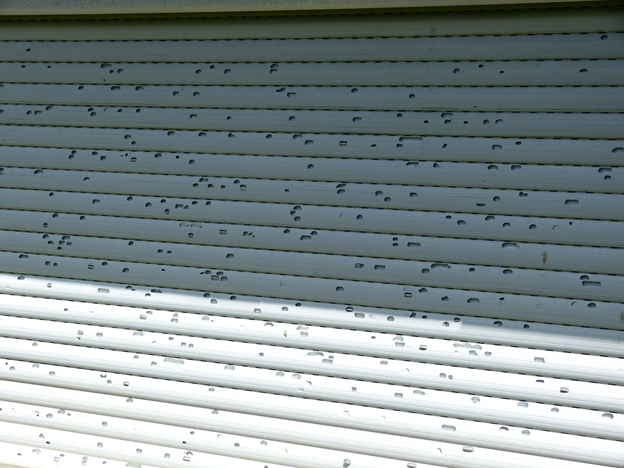
Essential Commercial Hailstorm Damage Cleanup and Prevention
If you live in an area prone to hailstorms, it is essential that you take measures to reduce hail damage to your business and prepare for commercial storm damage cleanup.
Hail can cost your business hundreds of thousands (or even millions!) of dollars in damage to your roof, siding, and exposed equipment. Roofs are the part of your business’ structure that is most commonly affected by hail damage, but the damage can be much more generalized depending on the intensity of the storm and the structure of the building and exterior areas.
The type of damage can be categorized as either functional or cosmetic. Functional damage impacts the performance of the building structure and usually needs to be repaired quickly so as not to inflict further loss. Cosmetic damage doesn’t affect the function of the structure, but it does impact the way the building looks.
If your business has experienced damage from a hailstorm, it is important that you prepare for commercial storm damage cleanup. First, hire an inspector to assess the damage. If you have hail insurance, the insurance company will send one for you to assess the extent and cost of damage, in addition to coordinating cleanup. If you don’t have insurance, or if it isn’t covered by your insurance, you will have to hire out an inspector and a cleanup and repair company.
Some of the decisions your business can make to reduce hail damage include:
1. Hiring an inspector: If you live in an area that is prone to hail damage, or if you have been affected by hail damage in the past, it is important that you have an inspector identify potential weaknesses in the structure and materials used in your building’s structure that can help to reduce hail damage.
2. Choose the right roof cover: If you live in a hail-prone area, the Insurance Institute for Business & Home Safety (IBHS) recommends the use of roofing products that have a UL 2218 Class 4 or FM Approvals 4473 Class 4 rating.
3. Install hail guards: If you have external equipment or roof, mounted equipment, installing hail can help prevent hail damage to condenser coils, fan blades, and exhaust vents, among other equipment parts.
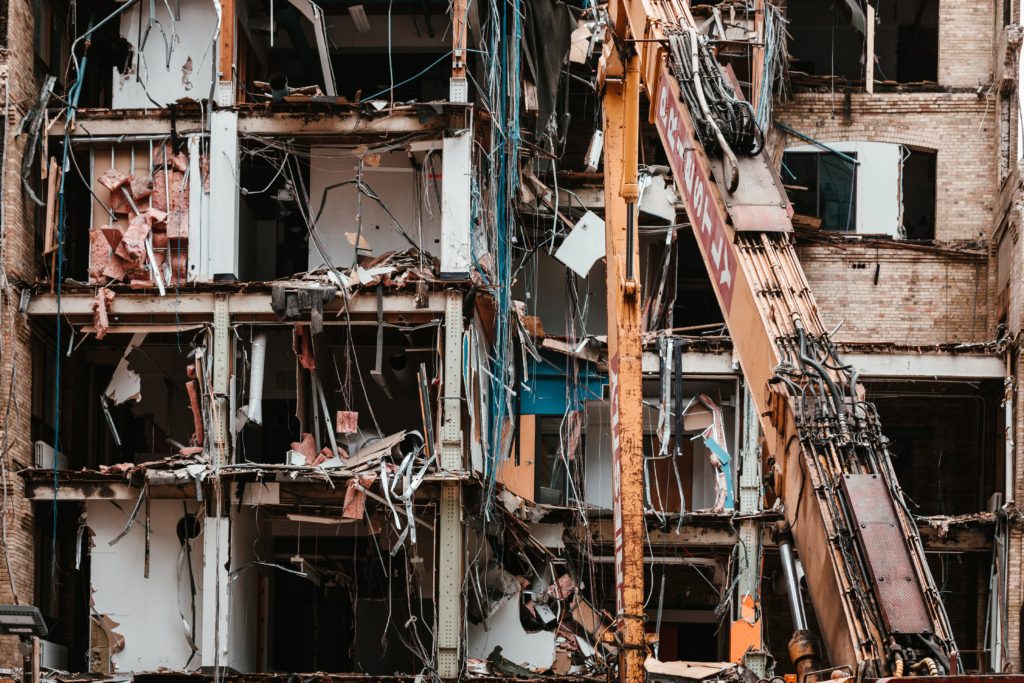
My Business has Suffered a Disaster. Now What?
When your business suffers a disaster from fire to water to mold to smoke, Armor Environmental Solutions can aide in the clean-up. Did you know that Armor Environmental Solutions is still at your service for the rebuilding process? Yes, we provide everything you require in terms of reconstruction and renovation.
Whether you need your space restored to its former condition, or you decide to take the opportunity to upgrade, we have the capacity and know-how to provide you with the finest start-to-finish service to put your business back in business. We are renewal specialists, and we will work efficiently, in the eco-friendliest way possible, on budget and on time.
What Restoration Services does Armor Environmental Solutions offer?
Depending on the nature of the catastrophe, different damage can be incurred. Fire can damage structures. Mold can be cleaned up but come back without further prevention. Flood waters can be taken out, but they’ll come back without fixing the leak. Armor Environmental Solutions not only cleans the problem, we fix the problem.
To bring your business back to normal, we provide:
- Design and construction
- Remodeling
- Kitchen and bathroom makeovers
- Basement waterproofing and renovation
- Installation of ventilation and dehumidifying systems
- Exterior drainage
- Roof repair
- Water infiltration solutions
- Project management
We will bring your business back “from the ground up.” (Foundations too.)
Why Armor Environmental Solutions?
Hiring the wrong cleanup and restoration can spell the death of a business. We bring to the table a combined experience of over 100 years in the field of disaster recovery service. We strive to utilize our experience and expertise to guide you through a bad situation and get back to normal as quickly and with as quality work as possible.
